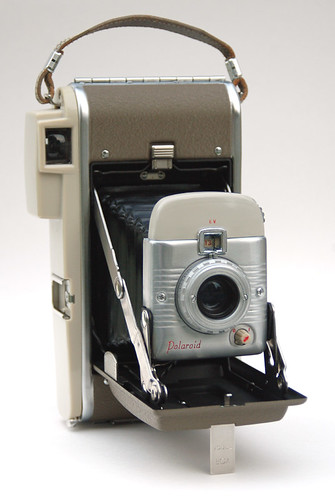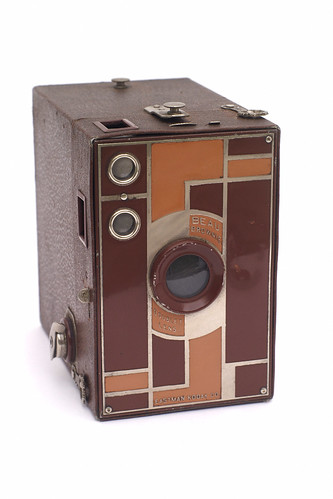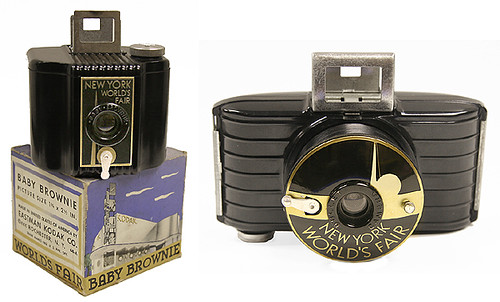Difference between revisions of "Walter Dorwin Teague"
Hanskerensky (talk | contribs) (→Links) |
(Removed commented out links) |
||
| Line 62: | Line 62: | ||
<references /> | <references /> | ||
| − | |||
| − | |||
| − | |||
Latest revision as of 05:49, 28 January 2017
|
| ||||
| images by Rick Soloway (Image rights) | |||||
Walter Dorwin Teague (b. 18 Dec 1883, Indiana, USA, d. 5 Dec 1960, Flemington NJ, USA) was a pioneer in industrial design. He and his design company Walter Dorwin Teague Associates (WTDA) made designs of cameras, cars, radios, aeroplane interiors, Steinway pianos, non-electric copying facilities ("mimeograph"), gasoline station equipment, glassware, military missiles and much more. As architect he planned the Centennial Dome in Richmond, Virginia.
Having studied art in New York from 1903-7, he spent four years working in an advertising agency before setting up his own freelance advertising design studio. Clients frequently asked for industrial design work and corporate graphics, and so in 1926 he formed his own design office for this.[1]
From 1927 he made camera designs for Kodak, later also for Polaroid. Thus he influenced camera design of the most popular American camera makers. For many of these cameras he also designed the sales package.
His son followed him successfully in the industrial design business, taking over WDTA.

|
| Polaroid Highlander Model 80A image by John Kratz (Image rights) |

|
| Kodak sales box image by Rick Soloway (Image rights) |

|
| Kodak Beau Brownie No. 2A image by Steve Harwood (Image rights) |
Notes
- ↑ "Teague, Walter Dorwin."Encyclopædia Britannica from Encyclopædia Britannica 2006 Ultimate Reference Suite DVD

